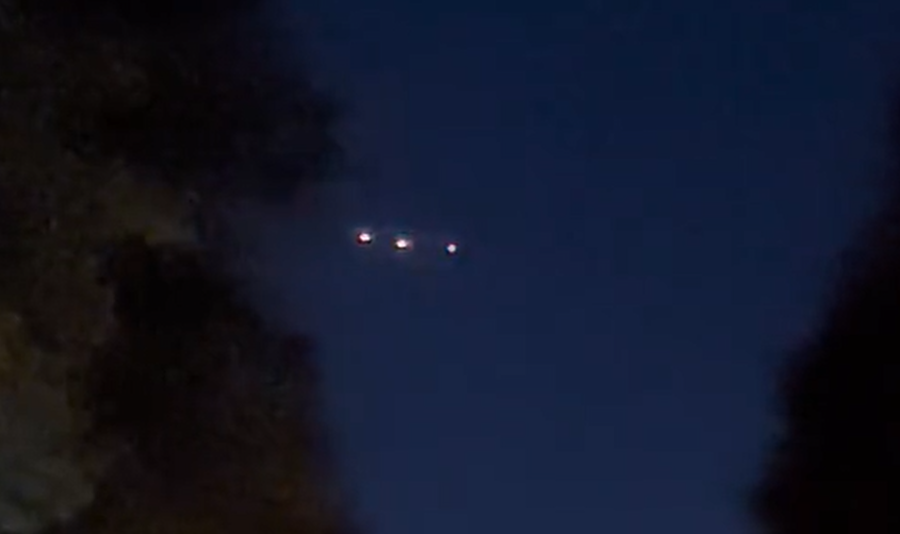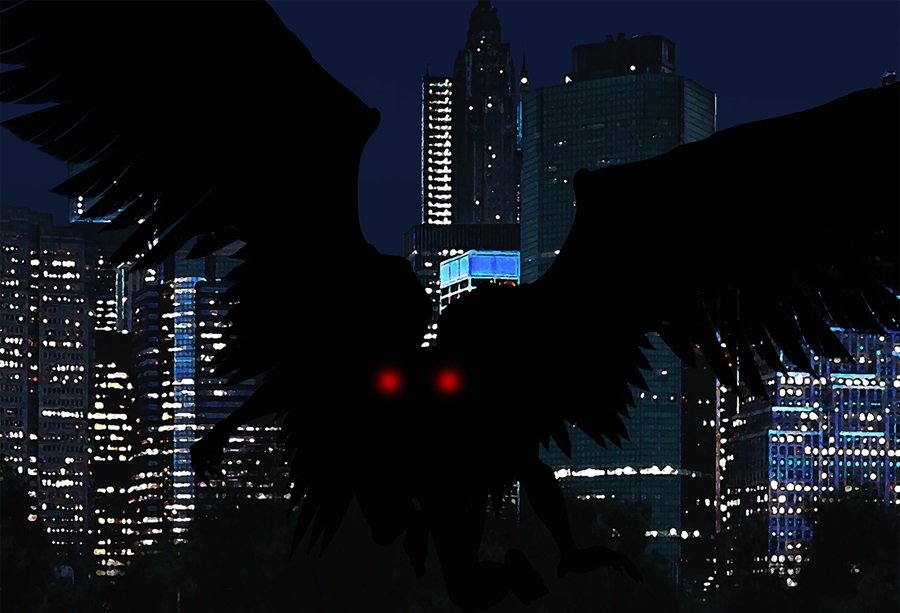Schoolteacher Says He Filmed Tasmanian Tiger on Australia's Yorke Peninsula
South Australian schoolteacher Paul Day claimed recently to have captured footage of a thylacine, or Tasmanian tiger, while attempting to film the sunrise on June 30th. The footage was taken near Moonta on the Yorke Peninsula in southern Australia.
The schoolteacher said he was up early trying to get good footage of the sunrise for his YouTube channel.
“I was chasing the fog because I thought it would make a good photo. I finally found a good spot and set up the camera when I saw something out of the corner of my eye,” said Day.
“At first I thought it was a fox crossing in front of the sun, then I thought that it might have been a dog."
“It wasn’t until I saw footage of another thylacine sighting on Facebook that it dawned on me. I thought to myself, ‘If that’s not a thylacine I’ll eat my hat’.”
Skeptical viewers of the video are saying that the video shows a "dog with rear hip or patella problems."
"One of the legs is injured. Have you raised dogs/4 legged animals? This is how they move when their back leg/pelvis is injured," commented YouTube viewer Mike L. on the video. "So I wouldn't take any "clues" from the way this animal is moving. That movement is caused by the injury."
Thylacine Awareness Group of Australia founder Neil Waters said that his "heart skipped a beat" when he saw the film.
“This animal has a tail with a thick base, just like a thylacine, and there appears to be some discoloration on its back," said Waters.
“Then it has this gait that is so peculiar, but it’s just like people have described the thylacine movement."
“It has those two back legs pushing off together, and many people who say they’ve seen a thylacine described it as moving in the way.”
Waters also claimed that the creature’s thick neck, “boofy” head, and large back legs disprove the theory that the creature could be an injured fox.
Zoologist and University of Adelaide academic Kristofer Helgen disagreed with Waters' assessment, saying after he had watched the video that the "image leaves a lot to be desired," and that the creature captured in the footage appeared to be "a fox that is probably lame or injured."
The last known thylacine died in captivity in 1936, but the species held its status as an endangered species until the 1980s, and many scientists believe there is a strong possibility that some survived into the 1960s; although no hard evidence exists to support that hypothesis. Their status today is still hotly debated, but some mainstream scientists take the issue seriously enough to investigate it, including these two Australian academics that we reported on back in March.
If you enjoyed this article and would like to support the Singular Fortean Society, please consider becoming an official member by signing up through our Patreon page—membership includes a ton of extra content and behind-the-scenes access to the Society’s inner workings.
















